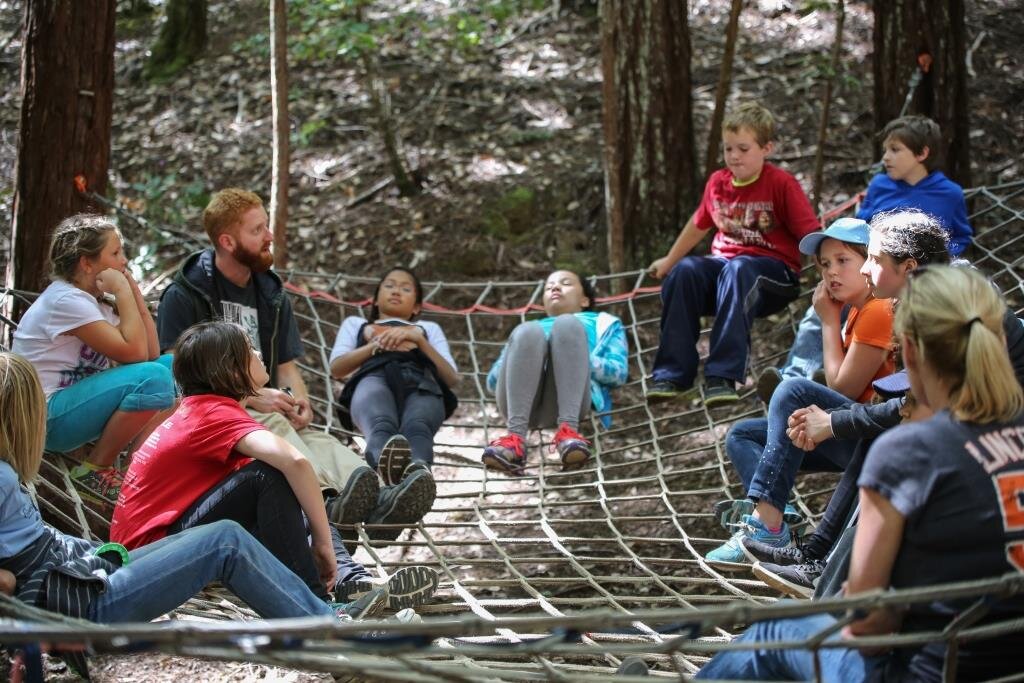Every year in June, camp fills with young adults who have dedicated 6 weeks of their summer to work at Westminster Woods Summer Camp. Summer Staff is made up of arts and crafts experts, archery lovers, guitar players, rock climbers, lifeguards, and more, who are brought together by a commitment to their faith in Christ and to creating a community where campers and staff alike feel welcome and loved. Read on to find out if Summer Staff is right for you.
1. Explore your faith. Weekly Sunday worship for staff and families, Inspire Service (contemplative daily worship), nightly campfire speakers, campfire music, daily Bible lessons, and cabin talks are just some of the ways Summer Staff delve into their faith at camp. Many Summer Staff say that living in a community that intentionally works to get closer to God has a profound impact on their ability to understand and express their beliefs.
2. Develop your leadership. Whether you are a lead counselor, lifeguard, or photo buddy, you will have ample opportunities to improve your leadership skills through being in charge of a cabin group, leading bible studies, working with other staff, planning and leading activities, being a role model, and more.
3. Have fun! Our themed camps are filled with theatrics, games, costumes, pirates, Robin Hood, and more. Did we mention that puppies visit once a week? Add amazing staff and campers to the mix for an unforgettable summer.
4. Relational Ministry. Mentor campers of all ages and abilities, and see their spiritual growth and learning season after season. For 4 weeks of the summer, Westminster Woods campers range from 6 years old to high school seniors. The other week, Friendship Camp, is an opportunity for adults with developmental disabilities to experience the magic of Westminster Woods.
5. Step in to your growth zone! Not only are we helping campers and fellow staffers grow, but we grow and change ourselves. Whether it is a long conversation with a co-worker, stepping off of the Giant Swing Platform, leading new energizers, singing at campfire, or comforting a camper, you will grow with these new experiences. It means working with people you love, impacting the lives of campers, and learning new skills along the way.
6. Connect with nature. Westminster Woods is 211 acres of coastal redwood forest and is nestled next to the beautiful Dutch Bill Creek. The impact of living under the canopy of these ancient trees allows you to grow your understanding of God and creates a new connection to God’s creation. The Sonoma County coast is a mere 20 minute drive or 13 mile walk across the hills!
7. Belong to a community. At Westminster Woods, we believe that Christ Centered Community changes lives for the better because of the transformative love that is shared. Summer Staffers stay in touch all year, whether it’s through friendships made at camp, participating in retreats at the Woods, joining the young adult group run by the camp directors, or posting on the staff Facebook page until next summer comes around.
Want to apply or know someone who might be interested? Check out our Summer Staff page for more information, or share this post.
















































